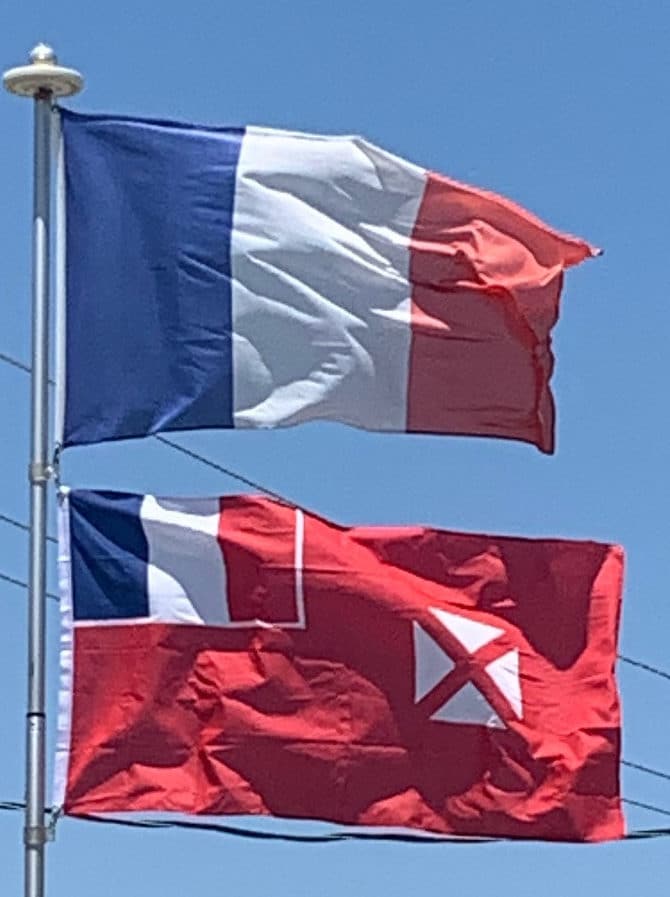Introduction:
Wallis and Futuna, officially the Territory of the Wallis and Futuna Islands, is a French island collectivity in the South Pacific between Tuvalu to the northwest, Fiji to the southwest, Tonga to the southeast, Samoa to the east, and Tokelau to the northeast.
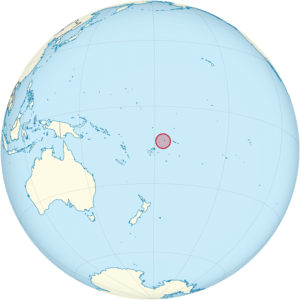
Its land area is 142.42 km2 (54.99 sq mi) with a population of 11,558 at the 2018 census (down from 14,944 at the 2003 census). Matā’Utu is the capital and biggest city. The territory is made up of three main volcanic tropical islands along with a number of tiny islets, and is split into two island groups that lie about 260 km (160 mi) apart, namely the Wallis Islands (‘Uvea) in the northeast, and the Hoorn Islands (also known as the Futuna Islands) in the southwest, including Futuna Island proper and the mostly uninhabited Alofi Island.
Since 2003, Wallis and Futuna has been a French overseas collectivity (collectivité d’outre-mer, or COM). Between 1961 and 2003, it had the status of a French overseas territory (territoire d’outre-mer, or TOM), though its official name did not change when the status changed.
History:
Early Humans:
The earliest signs of human habitation in these islands are from the Lapita culture, dating to around 850 to 800 BCE.
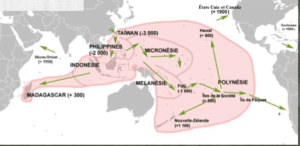
The islands served as natural stopover points for boat traffic going between Fiji and Samoa. During the Tongan invasions of the 15th and 16th centuries, the islands showed varying levels of resistance and assimilation, with Futuna retaining more of their pre-Tongan cultural features while Wallis underwent more fundamental changes in society, language and culture. The original inhabitants built forts and other identifiable ruins on the islands, some of which are still partially intact.
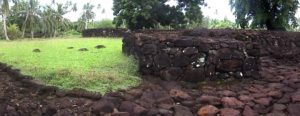
Oral history and archaeological evidence suggest that the Tongan invaders reoccupied and modified some of these structures. Oral history also preserves a cultural memory of long-standing relationships between Samoa and Futuna going back to the islanders’ origin stories.
European Settlements:
Futuna was first put on the European maps by Willem Schouten and Jacob Le Maire during their circumnavigation of the globe in 1616. They named the islands “Hoornse Eylanden” after the Dutch town of Hoorn where they hailed from. This was later translated into French as “Isles de Horne.” The Wallis Islands are named after the British explorer Samuel Wallis, who sailed past them in 1767 after discovering Tahiti. The French were the first Europeans to settle in the territory, with the arrival of French missionaries in 1837, who converted the population to Roman Catholicism. Pierre Chanel, canonized as a saint in 1954, is a major patron of the island of Futuna and the region.
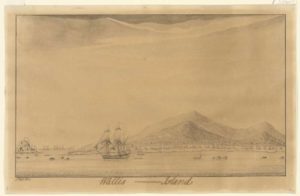
On 5 April 1842, the missionaries asked for the protection of France after the rebellion of a part of the local population. On 5 April 1887, the Queen of Uvea (on the island of Wallis) signed a treaty officially establishing a French protectorate. The kings of Sigave and Alo on the islands of Futuna and Alofi also signed a treaty establishing a French protectorate on 16 February 1888. The islands were at that time put under the authority of the French colony of New Caledonia.
